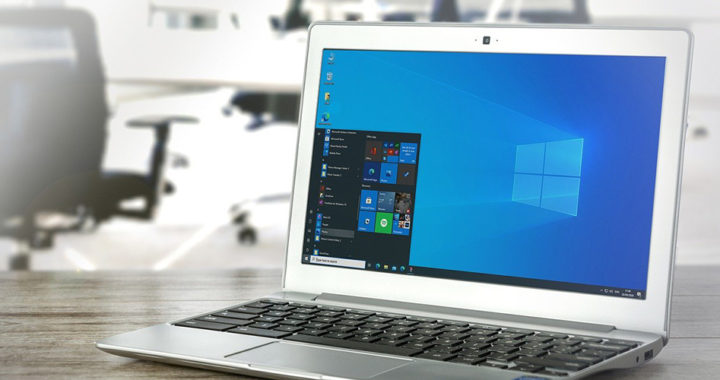Microsoft introduced its New Technology File System or NTFS in 1993 and made it the default file system in Windows beginning with the release of Windows XP in 2001. Nevertheless, considering its advantages, the primary purpose for standardizing NTFS across different versions of the Windows operating system is to overcome the limitations of FAT32.
Pros of New Technology File System: Advantages of NTFS and Notable Applications
1. Fundamentally Lacks File Size Limit
Support for a larger file size limit is one of the main advantages of New Technology File System over FAT32. It specifically has a maximum theoretical file size limit of 16 exabytes. Take note that 1 EB corresponds to almost a million terabytes. This means that there is fundamentally no constraint in the size of files that can be saved or stored in a particular storage medium formatted on NTFS. FAT32 has a maximum file size of only 4GB.
2. Built-In Journaling Functionality
The New Technology File System is a journaling file system that tracks changes that have not transpired in the main part of the file system and records them in a data structure called a journal. This feature prevents data corruption or data loss due to an unexpected power interruption or system crash during a write operation. Changes are essentially recorded in a designated area in the storage medium ahead of time. Note that FAT32, Extensible FAT or exFAT, and other File Allocation Table or FAT file systems do not have this feature.
3. Support for Permission and Encryption
Another notable advantage of NTFS is that it has built-in file permission and encryption features. It particularly enables software developers and users to set a particular file or folder as read-only to avoid making unnecessary or accidental changes that could corrupt or affect the integrity of a specific file or application. Folders in this file system are also encrypted with a specialized file-level NTFS subset called Encrypting File System or EFS.
4. Compression Using LZNT1 Algorithm
Files in the New Technology File System can have noticeably smaller file sizes when compared to similar ones stored in FAT32 or exFAT. NTFS compresses files in 16 cluster chunks using the LZNT1 algorithm. This algorithm supports cluster sizes of 4 KB and it works best with files that have repetitive contents, as well as those that are seldom modified or written, usually accessed sequentially, and are not themselves compressed. This built-in file compression feature allows users to maximize the capacity of their storage mediums.
Cons of New Technology File System: Disadvantages of NTFS and Key Limitations
1. Incompatible with Other Platforms
One of the major disadvantages of NTFS is that it is not compatible with macOS, older Linux distributions, and Android. Remember that it is the default file system in Windows. Operating systems such as macOS and iOS or iPadOS can still read storage mediums formatted on NTFS but are unable to write on them. This file system is also not compatible with several consumer electronic devices such as digital media players and revulsion sets. FAT32 and exFAT remain ideal for external storage and data transfer between mediums.
2. Limitations in Built-In Compression
This file system will not compress files with a cluster size greater than 4 KB. Furthermore, for large comprehensible files, they become highly fragmented because each chunk smaller than 64 KB becomes a fragment. Fragmented files can affect the performance of hard disk drives and they can also slow down the performance and shorten the lifespan of flash memory storage standards and formats such as UFS, eMMC, SD cards, and solid-state drives.
3. Possible Increase in Overhead
Another disadvantage of NTFS is that it is a more complex file system than File Allocation Table file systems such as FAT32 and exFAT. This means that it requires more processing capabilities and random access memory to operate well. Most modern computers have the needed computing requirements to use a New Technology File System. However, due to its potential to increase overhead operations, it is a less desirable choice for low-powered devices such as mid-range and budget-oriented smartphones and computers with older hardware specifications.
4. Introduction of Resilient File System
Microsoft introduced the Resilient File System or ReFS with Windows Server 2012. It has some of the features of NTFS but has notable advantages. It uses checksums to verify the integrity of data and has built-in mechanisms to automatically repair corrupted data. ReFS is also designed to be scalable for large volumes of data. It can handle very large file sizes and volume sizes without incurring performance hits or overhead compared to NTFS.
Takeaway: The Pros and Cons of NTFS in a Nutshell
New Technology File System or NTFS is a better file system when used exclusively for the Windows operating system. However, based on the disadvantages mentioned above, especially considering its compatibility issues with other operating systems and platforms, it is more practical to use FAT32 for removable storage such as USB flash drives, and exFAT for storage with higher capacity, as well as the storage and transfer requirements of files above 4GB due to their cross-operating system and cross-platform compatibility.

